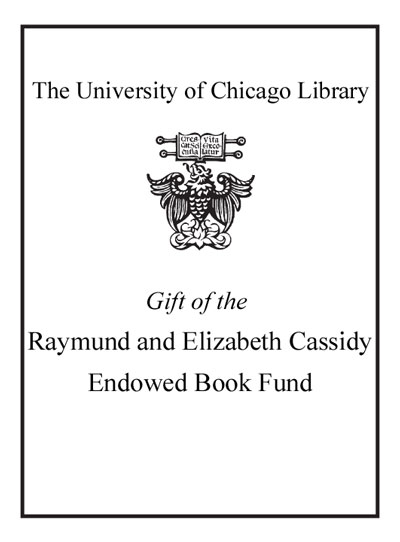Bioarchaeology of East Asia : movement, contact, health /
Saved in:
| Imprint: | Gainesville : University Press of Florida, [2013] |
|---|---|
| Description: | xx, 512 pages : illustrations ; 24 cm. |
| Language: | English |
| Series: | Bioarchaeological interpretations of the human past: local, regional, and global perspectives Bioarchaeological interpretations of the human past. |
| Subject: | |
| Format: | Print Book |
| URL for this record: | http://pi.lib.uchicago.edu/1001/cat/bib/9282582 |
Table of Contents:
- List of Figures
- List of Tables
- Foreword
- Preface
- 1. Research on Human Skeletal Biology in East Asia: A Historical Overview
- 2. Human Ecology in Continental and Insular East Asia
- Part I. Biological Indicators of Population Histories in East Asia
- 3. The Population History of China and Mongolia from the Bronze Age to the Medieval Period (2500 BC-AD 1500)
- 4. Mongolian Origins and Cranio-Morphometric Variability: Neolithic to Mongolian Period
- 5. A Nonmetric Comparative Study of Past and Contemporary Mongolian and Northeast Asian Crania
- 6. Tuberculosis and Population Movement across the Sea of Japan from the Neolithic Period to the Eneolithic
- 7. Biological Connections across the Sea of Japan: A Multivariate Comparison of Ancient and More Modern Crania from Japan, China, Korea, and Southeast Asia
- 8. Population Dispersal from East Asia into Southeast Asia: Evidence from Cranial and Dental Morphology
- Part II. Community Health
- 9. Conflict and Trauma among Nomadic Pastoralists on ChinaÆs Northern Frontier
- 10. Stresses of Life: A Preliminary Study of Degenerative Joint Disease and Dental Health among Ancient Populations of Inner Asia
- 11. Dental Wear and Oral Health as Indicators of Diet among the Early Qin People: A Case Study from the Xishan Site, Gansu Province
- 12. Yangshao Oral Health from West to East: Effects of Increasing Complexity and Contacts with Neighbors
- 13. Life on the Frontier: The Paleopathology of Human Remains from the Chinese Early Imperial Taojiazhai Mortuary Site
- 14. Bioarchaeological Perspectives on Systemic Stress during the Agricultural Transition in Prehistoric Japan
- 15. Change in the Linear Growth of Long Bones with the Adoption of Wet-Rice Agriculture in Japan
- 16. Trauma and Infectious Disease in Northern Japan: Okhotsk and Jomon
- 17. A Paleohealth Assessment of the Shih-san-hang Site from Iron Age Taiwan
- 18. Trajectories of Health in Early Fanning Communities of East Asia
- 19. East Asian Bioarchaeology: Major Trends in a Temporally, Genetically, and Eco-Culturally Diverse Region
- List of Contributors
- Index of Subjects
- Index of Archaeological Sites and Skeletal Collections

